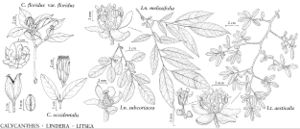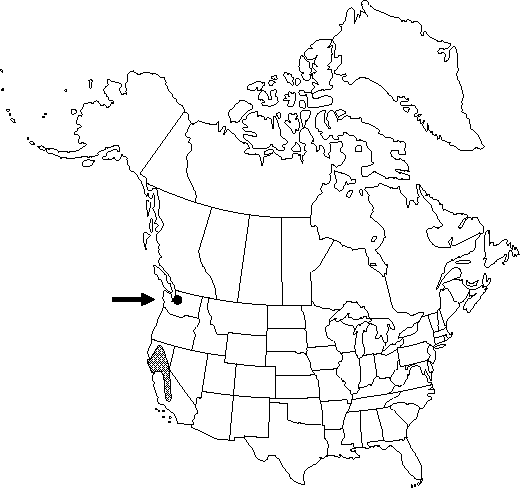Calycanthus occidentalis
Bot. Beechey Voy., 340, plate 84. 1841.
Shrubs, to 4 m. Lateral bud exposed. Petiole 5-10 mm, pubescent to glabrous. Leaf-blade ovatelanceolate to oblong-lanceolate or ovate-elliptic, 5-15 × 2-8 cm, base rounded to nearly cordate, apex acute to obtuse; surfaces abaxially green, pubescent to glabrous. Flowers: hypanthium campanulate or ovoid-campanulate at maturity, 2-4 × 1-2 cm; tepals linear to linear-spatulate or ovate-elliptic, 2-6 × 0.5-1 cm, apex rounded; stamens 10-15, linear to oblong-linear. 2n = 22.
Phenology: Flowering late spring–early fall, fruiting mid fall.
Habitat: Along streams and on moist canyon slopes
Elevation: 200-1600 m
Discussion
Calycanthus occidentalis grows in the northern Coast Range, the southern Cascades Range, and the western Sierra Nevada. It is ecologically similar to C. floridus; it consistently differs from that taxon in a number of vegetative and floral characteristics. Because of an apparent lack of hardiness, C. occidentalis is cultivated less often than C. floridus.
Some American Indians used scraped bark of Calycanthus occidentalis medicinally in treating severe colds (D. E. Moerman 1986).
Selected References
None.

